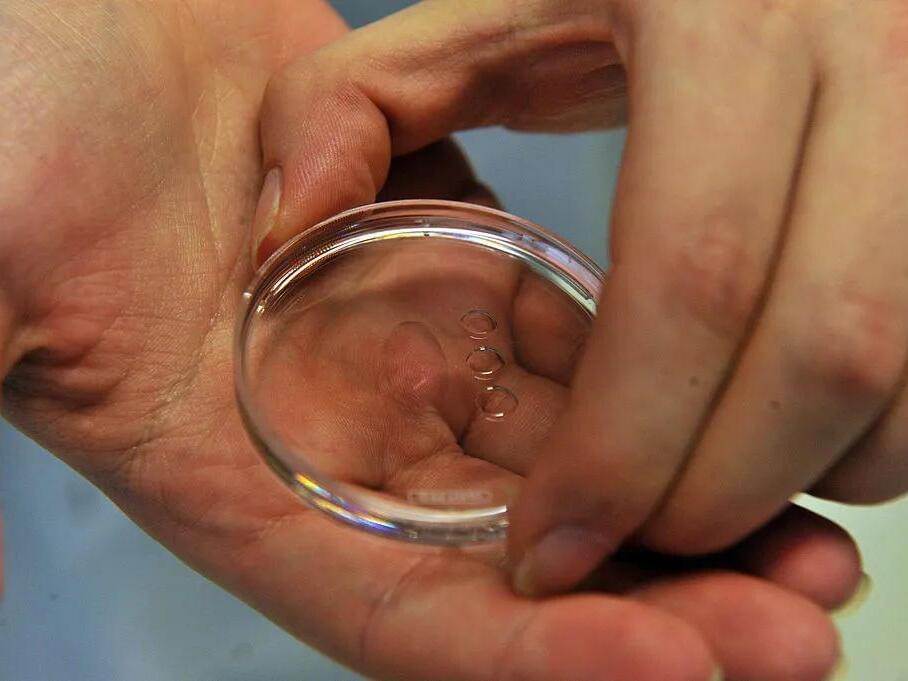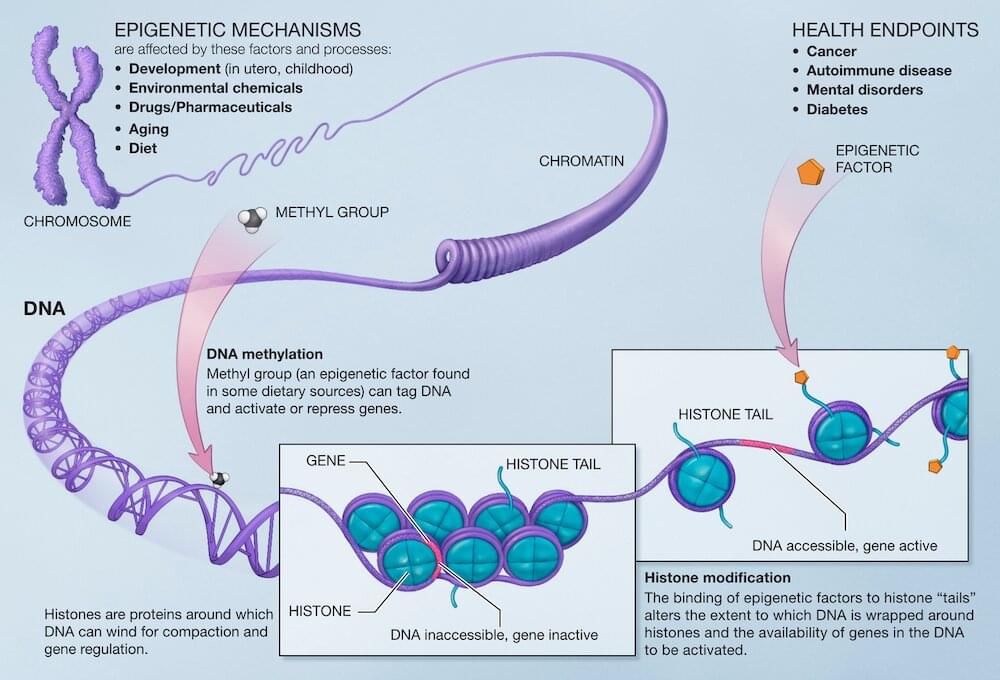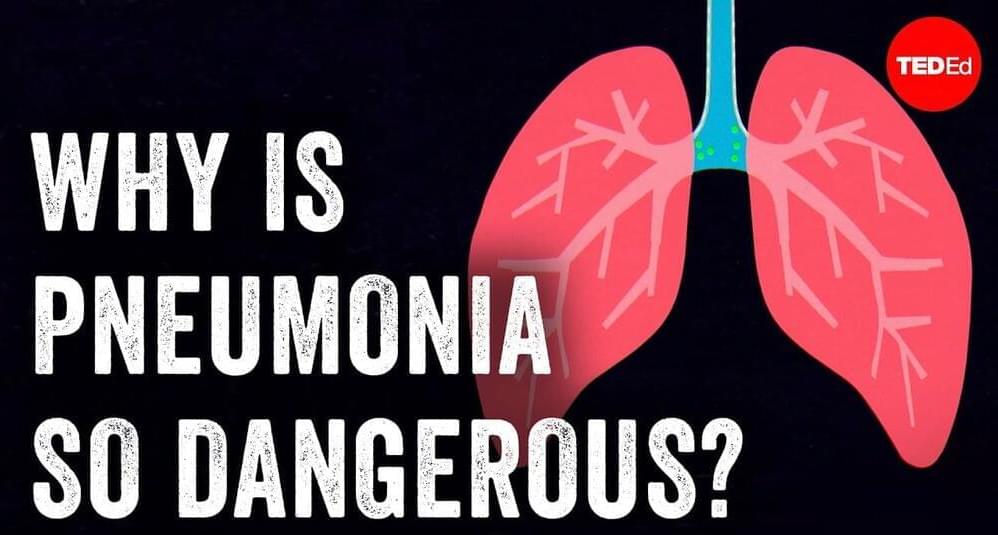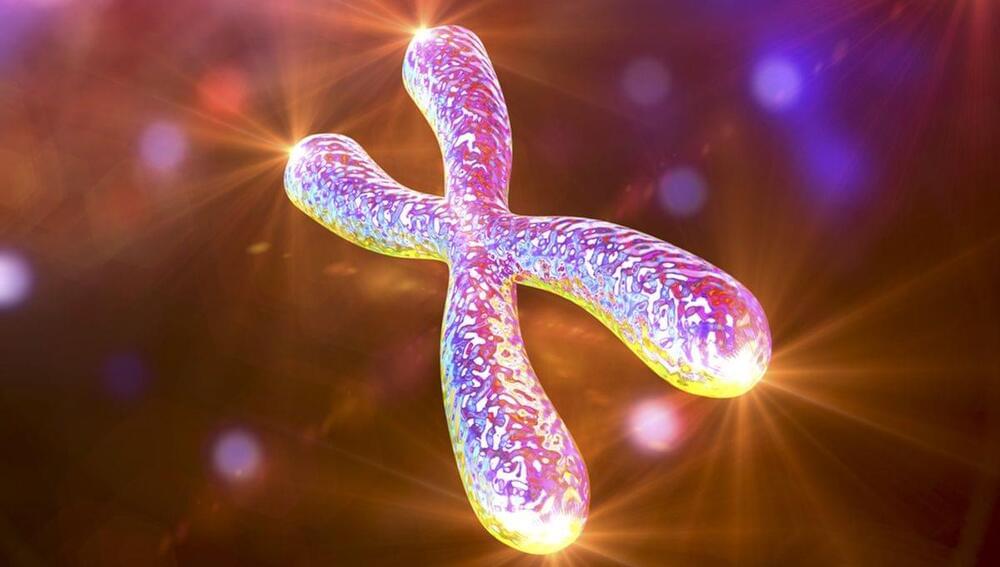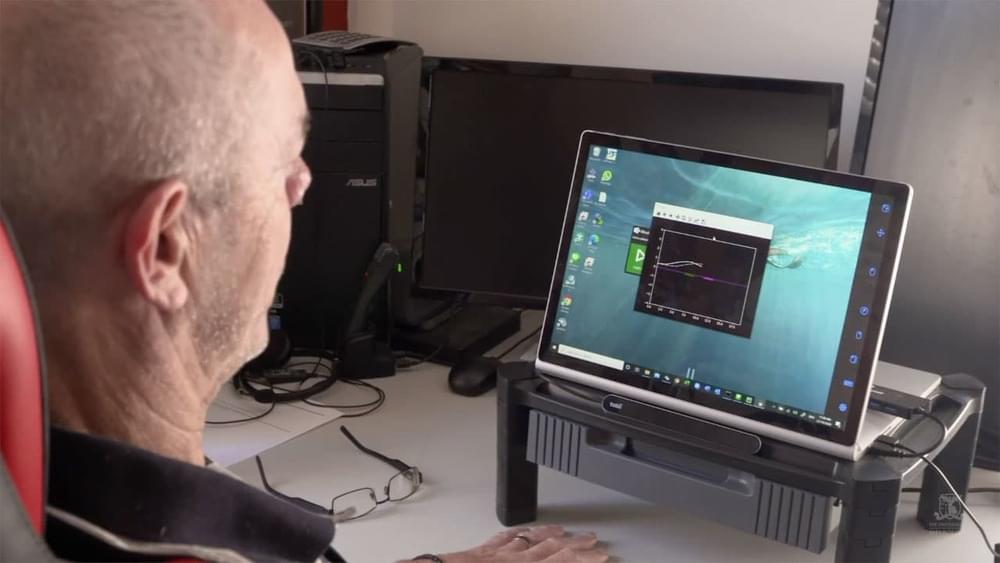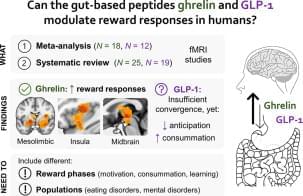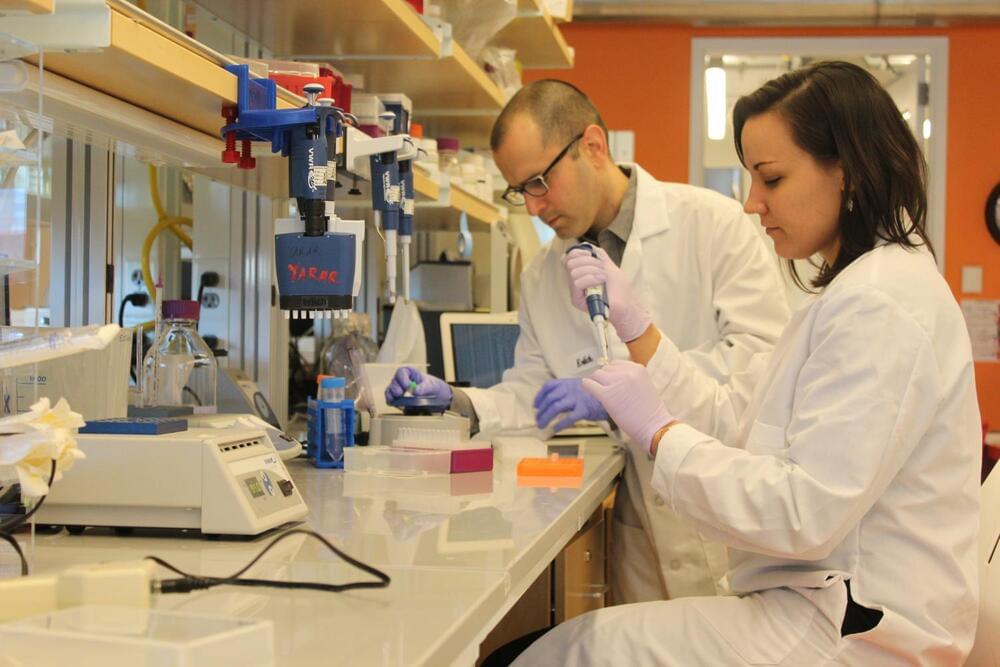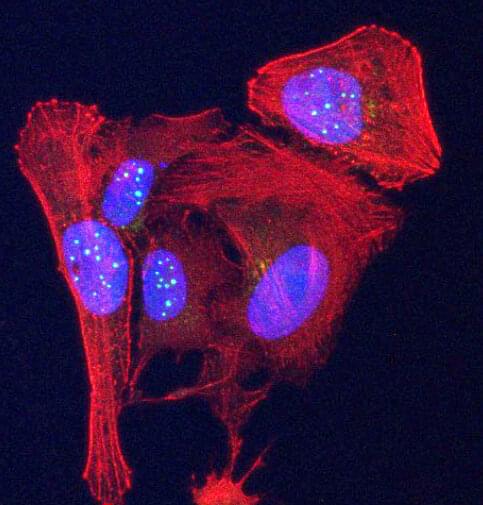Feb 21, 2023
Fifth person cured of HIV after stem cell transplant, researchers say
Posted by Dan Breeden in category: biotech/medical
Researchers from Germany say a man has been cured of HIV following a stem cell transplant that was performed after several rounds of chemotherapy, making him the fifth known case of the virus being cured in an individual.
In the study published in the Nature science journal, German researchers detailed the case of a 53-year-old patient who was diagnosed with HIV in 2008. After their diagnosis, the patient was placed on antiretroviral therapy (ART) which suppressed the viral load within their system.
